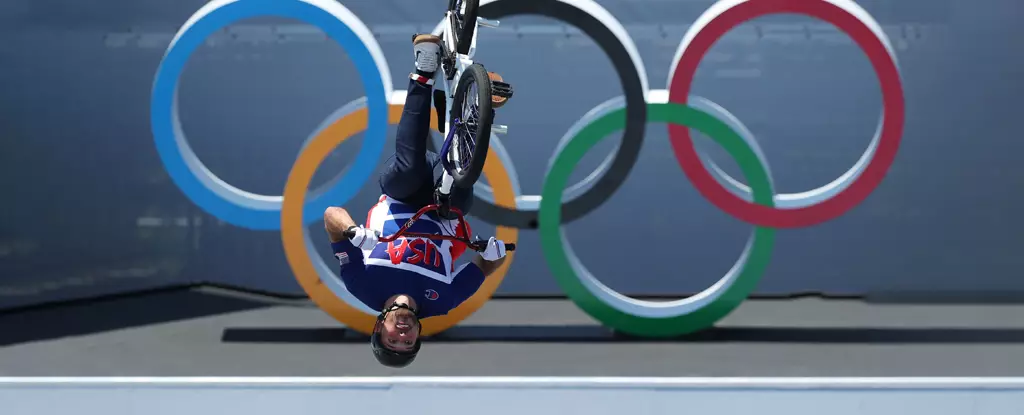The 2024 Paris Olympics has introduced a unique urban dance style, ‘breaking’, while athletes pushed their limits during the 2020 Tokyo Olympics with seven new sports, including karate and climbing. However, a recent study revealed that some of these new sports significantly contributed to the total number of injuries at the Tokyo Olympics, raising concerns about athlete safety.
The International Olympic Committee (IOC) conducts audits of injuries and illnesses at each Olympic Games to ensure the well-being of athletes. According to a report published in 2022, during the Tokyo Summer Olympics, 11,315 athletes from 206 National Olympic Committees reported a total of 1035 injuries and 438 illnesses. This translated to approximately nine injuries and four illnesses per 100 athletes.
While the overall injury rate of 9 percent at the Tokyo Games was similar to that of previous Olympics, such as Rio 2016 (8 percent), London 2012 (11 percent), and Beijing 2008 (10 percent), the new sports introduced in Tokyo displayed significantly higher injury rates. Boxing, BMX racing, BMX freestyle, skateboarding, and karate recorded the highest incidence of injuries.
Researchers attribute the higher injury rates in new sports to various factors, including weather conditions, venue design, track layout, equipment design, and athletes’ adherence to injury prevention training. This underscores the importance of continuous monitoring of injuries and illnesses to adapt preventive measures over time and improve athlete safety.
Heat illnesses affected 78 athletes during the Tokyo Olympics, with temperatures exceeding 30 degrees Celsius and high humidity levels. The mitigation efforts, including relocating events, training in similar conditions before the games, providing hydration, shade, and ice baths, helped alleviate the impact of heat-related illnesses on athletes.
While the Tokyo Olympics successfully implemented COVID-19 safety measures, researchers suggest holding future games in cooler environments to reduce the risk of exertional heat illnesses. By minimizing the need for extensive heat illness countermeasures, athletes can perform at their peak safely and organizers can allocate resources more effectively.
The introduction of new sports at the Tokyo Olympics brought excitement and innovation to the games. However, the higher incidence of injuries in these sports highlights the importance of prioritizing athlete safety through ongoing monitoring, preventive measures, and venue considerations for future Olympic events.


Leave a Reply